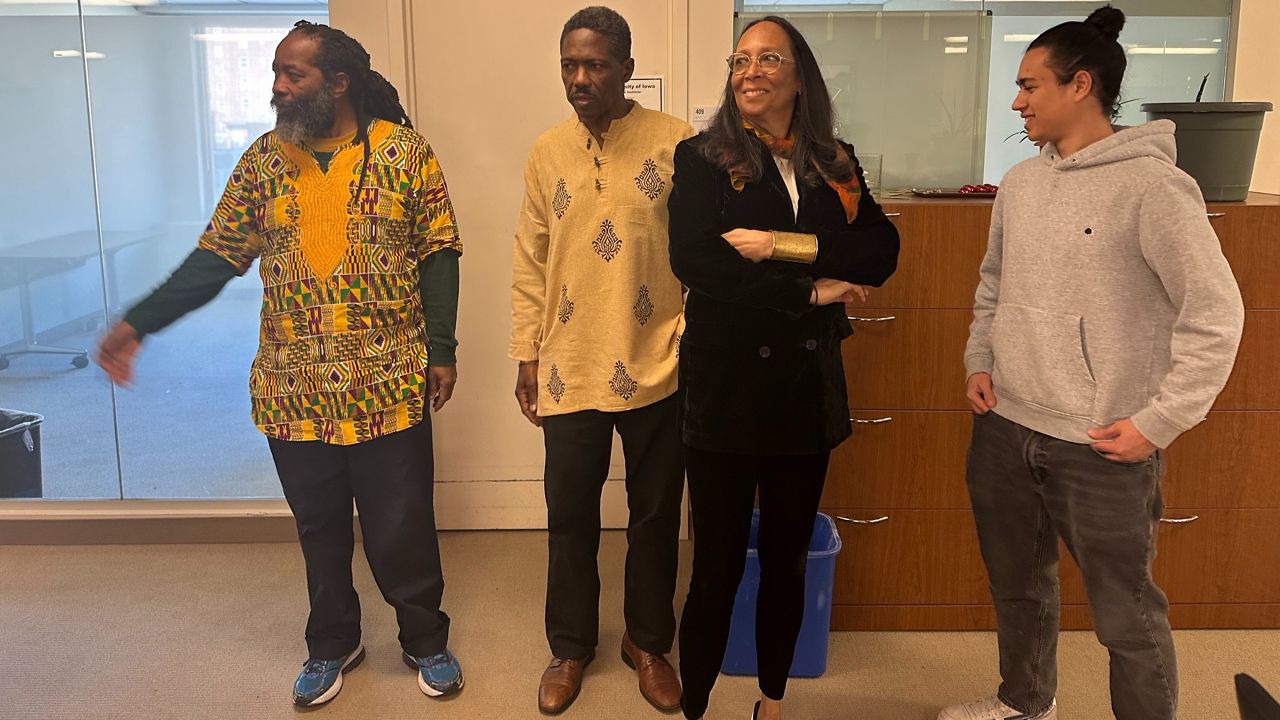On a typical day, a fifth grade class from the New American Academy at Roberto Clemente State Park in the Bronx might have spent their whole day in classrooms. But each day last week, students got to see so much more.
The students spent their entire week at the American Museum of Natural History, having lessons in new classrooms, meeting animals, checking out exhibits and learning about insects and ecosystems.
It is part of a new program called Beyond Elementary Explorations in Science.
“At first it was kind of like ew for me because I'm not really like a bug person,” fifth grader Litzy Garcia said. “But now that I'm more learning about them and seeing them and interacting with them, I’m kind of liking them more.”
About 400,000 students come to the museum on a field trip a year, typically staying for a few hours or a day. But through Beyond Elementary Explorations in Science, which launched last month, these students can go much deeper, turning the museum into their classroom.
“The students get to experience the museum in a, really in a whole new way, including actually having time in the museum where it's just them,” President of the American Museum of Natural History Sean M. Decatur said.
And even the time spent in classroom space is pretty exciting. Each day, students got a visit from an animal ambassador.
“My favorite animals are snakes. So this was really exciting. And I said that I wish when I get older I train to hold one and have one as a pet,” student Leah Marie Mata said.
The students learned how the snake connected to the insects they studied. The snakes eat mice, and the mice eat insects.
Students also went to an exhibit called “The Secret World of Elephants,” where they learned about mutualism, which is a relationship between two organisms in nature that benefits both.
“It's been very cool because I get to experience my first time learning about different types of insects I never got to know about. I'm learning new things about them that I can explore that I never knew before. And not just insects, also animals that I really love,” student Ryun Moore said.
The students were taught by both museum educators and their usual classroom teacher, who joined them on the trip.
“We are all learners here. We're all learners. We're learning. We're experimenting. We're observing. We're investigating, which is awesome. So I would say this has also been a learning experience for myself as well,” teacher Lisbeth Grullon said.
The schools selected for the Beyond Elementary Explorations in Science program are part of the Urban Advantage cohort, a partnership between cultural organizations like the museum and a selection of public schools across the five boroughs that provides science resources and programming.






)
